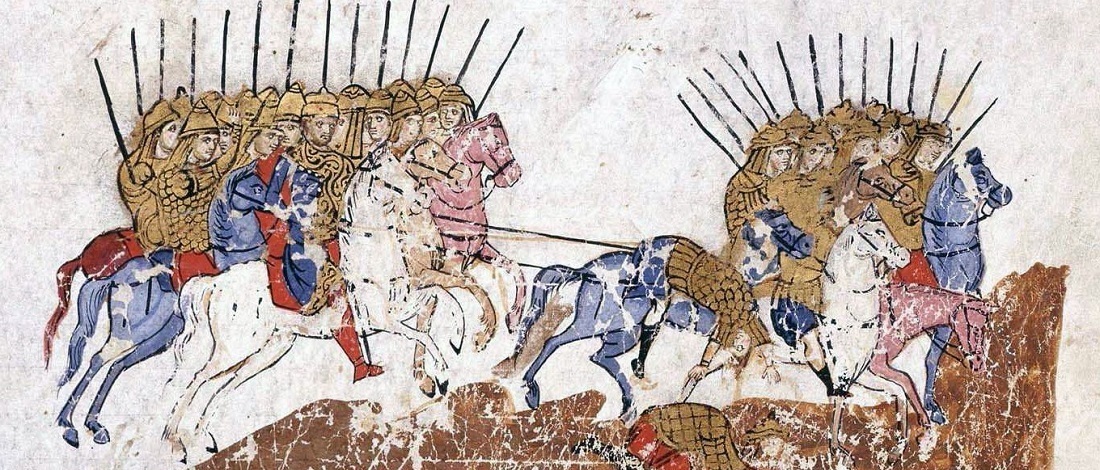The Byzantine Empire
Posted on 8th January 2021
The Byzantine Empire, also known as Eastern Roman Empire survived into the Middle Ages, over one thousand years longer than its counterpart the Western Roman Empire which crumbled in 476. It was a Greek speaking empire that was also heavily influenced by Greek culture, becoming known as the most powerful economic, cultural and military force in Europe.
In 306 Emperor Constantine I, came to power and made Byzantium the capital of the Byzantine Empire, then renaming it Constantinople (modern day Istanbul, Turkey). Christianity became the main religion during this period.
During the reign of Justinian I in 527 - 565, the empire was at its largest, reconquering the previously western held territory of North Africa, Italy and Rome; it was at the peak of its wealth and power, the largest and most powerful state in Europe.
In 529 Justinian appointed a ten-man commission to revise Roman Law and create a new system of laws and justice known as ‘Corpus Juris Civilis’ or Justinian code. In 534 it was updated and formed the system for most of the Byzantine era, still forming the basis of civil law in many modern states today.
He improved the arts, music and drama, also undertaking a large project of public works including building roads, aqueducts and baths. At this time Justinian oversaw the construction of the Hagia Sophia Church and the rebuilding of the Church of the Holy Apostles.
Justinian died on 14 November 565, although a successful emperor in many respects, he left the Byzantine Empire heavily in debt.
The Byzantine Sasanian war of 602 - 628 resulted in the Eastern Empire losing its richest provinces, Syria and Egypt to the Arabs.
During the Macedonian Dynasty in the 10th and 11th centuries the empire expanded again, regaining territories it had formerly lost. The two century Macedonian Renaissance started a revival in philosophy and the arts, which finally came to an end in 1071 when large areas of Asia Minor were lost.
The Byzantine Empire recovered again during the Komnenian restoration, and by 12th Century, Constantinople was the largest and wealthiest European city, however during the Fourth Crusade, Constantinople was plundered in 1203 and again in 1204, resulting in its territories being divided into separate Greek and Latin realms.
The Empire of Nicaea managed to reclaim Constantinople from the Latins in 1261, and a short revival took place, however the damage to Constantinople was extensive and high taxes were imposed to pay for repairs to the city, causing resentment in the people.
In 1331 civil war started, lasting six years and devastating the empire, with the Serbians taking control of much of its remaining territory. By the end of the civil war, the Ottomans had defeated the Serbians, and much of the Balkan region was now dominated by the Ottomans.
The Ottomans laid siege to Constantinople in 1453 and after two months Constantinople fell. This was the beginning of the end of the Byzantine Empire.
Tagged as: Junior Middle Ages
Share this post:





